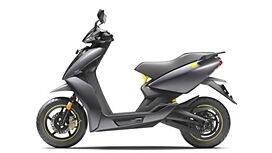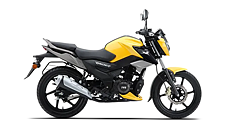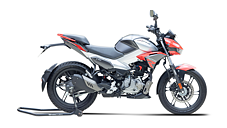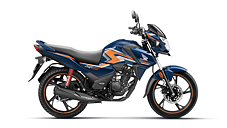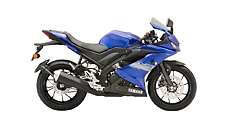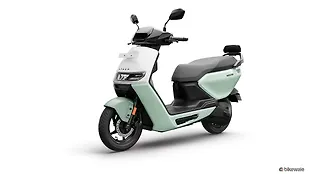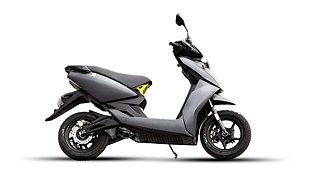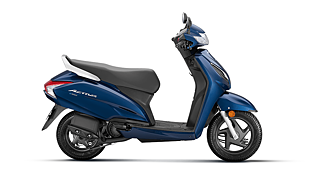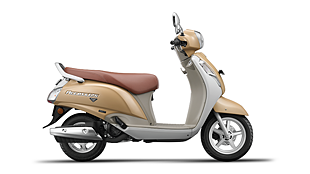Introduction

Ather recently introduced the SmartEco mode for the 450X and the 450 Plus. Additionally, the company has also installed a TPMS unit, as a part of its beta testing program, in select customer’s scooters, including my long-termer as well. So we thought, this would be a great way to test out both the new features, as a part of this report.
SmartEco Mode

Ather claims that the SmartEco mode is designed to offer the ‘TrueRange’ of the scooter by intelligently regulating the available power by dynamically adjusting your maximum acceleration. It can be enabled by updating the software to the Atherstack Cylon version. What's more, at any point, if you want to revert back to the Eco mode, you can disable the Smart Eco mode, which is a good thing in our opinion.

Once enabled, a power bar on the right side of the display indicates the amount of power available and how efficient the current ride is. Now, the good thing is that unlike the Eco mode, which restricts the acceleration and top speed, the SmartEco mode allows better acceleration, higher top speed and improved throttle response when the bar is blue. It also allows quicker overtakes. But, there’s a catch here.

The bar remains blue only when you are extra judicious with your throttle inputs, and even the slightest of enthusiastic riding brings the power bar to red. Which is when less power is available. And what’s even more irritating is that the SmartEco mode completely dumbs down the throttle response and you barely have any acceleration left. The only option you have is to change the mode to Ride or Sport.

On the upside though, the update has resulted in an improved available range in other riding modes. For example, if the display shows 60km of range in Sport mode and if I ride for 20km, by the end of my ride, I still have about 41-42Km of range available. With a similar riding style, earlier the figure would stand at around 37-38km of available range after the ride.
So, to sum up, the SmartEco mode could work well with elderly or sedate riders, who seldom accelerate rapidly. I know it works well for my wife. As for me, I’d prefer either the Ride or Sport modes.
Tyre Pressure Monitoring System (TPMS)
Right of the bat, let me tell you that the service mechanic fitted the TPMS unit at a local tyre shop; however, the software calibrations and settings were updated in-house at the service centre. Since the mechanic didn't show the sensors to us, we can't really comment on its build quality.

The TPMS unit, which is in the beta testing phase currently, will be available as an official accessory at a cost of Rs 5,000. Ather claims that the company is testing the unit for Indian road conditions and analyzing the data to evaluate and fine-tune the feature.

That said, once the update is done, users can see the scooter’s tyre pressure under the ‘Tyre Info’ tab on the display or on the mobile app (once the app is updated). It also gives out info on the optimum tyre pressure, low/high tyre pressures, and when it is a safety hazard to ride on over/under-inflated tyres.

Now, the TPMS unit does its job as designated. However, we would’ve liked to access the tyre info data on the go, which can otherwise only be accessed when the scooter is at a standstill. But, what’s notable is that you do get a warning sign on the display while riding, which informs you of a tyre pressure malfunction.

Once inside the tyre info menu, you can check which tyre has low pressure, and if it is ok to continue riding. However, should you notice a safety hazard, it is always advisable to inflate the tyres to the right pressure and then continue with the ride. In our usage, the system did throw a warning sign once, when the scooter was parked for over a week, and the pressure was well below the required spec. And the good thing is that I got a notification on my Smartphone even before I had started the scooter. So, I was well-prepared with a tyre inflator.

What’s Next?

Since we put this report ahead of the short weekend trip write-up, the next report will talk about if we can plan a weekend trip with the Ather 450X. Besides its performance, we will also report on the challenges thereof. Meanwhile, we are also planning an interesting intra-city challenge between the 450X and an ICE scooter. So, stay tuned for that as well.
Vehicle Stats
Make – Ather Energy
Model – 450X
Odometer – 1327km
Km this month – 314km
Photography by Kaustubh Gandhi
Gallery
1/13
Ather 450X Right Front Three Quarter
Double Tap to Zoom











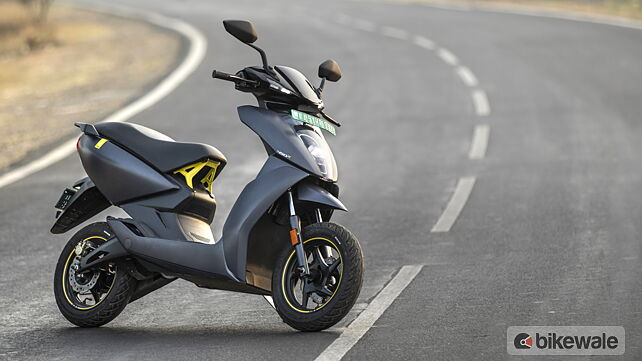







![[object Object] ThumbNail Images [object Object] ThumbNail Images](https://imgd.aeplcdn.com/642x361/n/cw/ec/122059/ather-450x-tft-touchscreen-instrument-cluster4.jpeg?isig=0&wm=2&q=80)
![[object Object] ThumbNail Images [object Object] ThumbNail Images](https://imgd.aeplcdn.com/642x361/n/cw/ec/122059/ather-450x-front-tyre10.jpeg?isig=0&wm=2&q=80)
![[object Object] ThumbNail Images [object Object] ThumbNail Images](https://imgd.aeplcdn.com/642x361/n/cw/ec/122059/ather-450x-tft-touchscreen-instrument-cluster8.jpeg?isig=0&wm=2&q=80)
